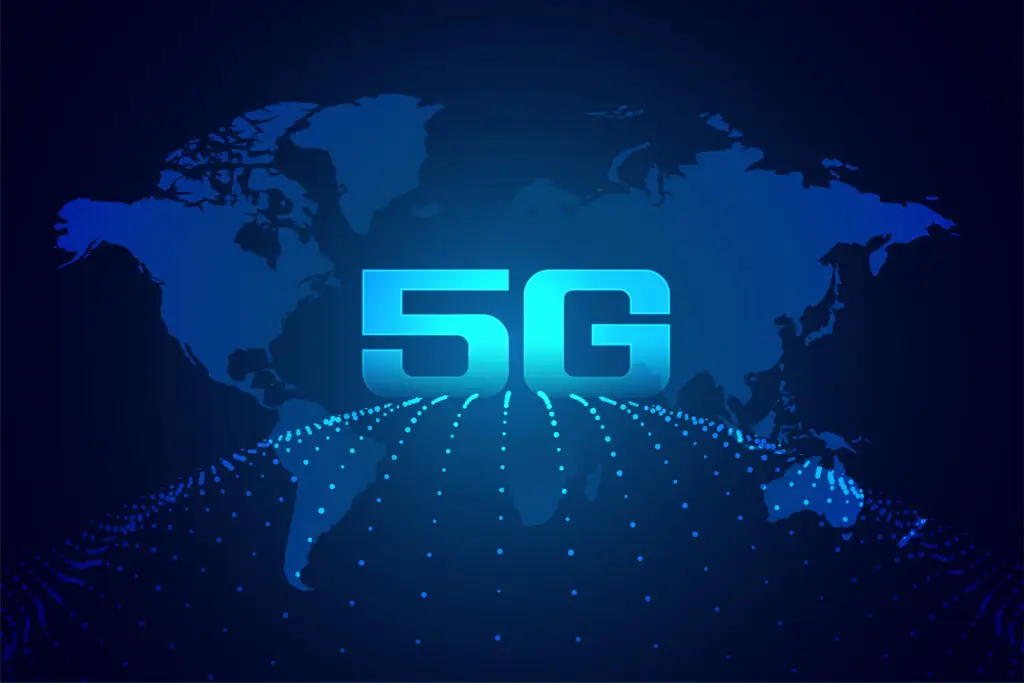Table of Contents:
- Introduction
- Evolution from 4G to 5G
- Key Features of 5G
- Advantages of 5G Technology
- Challenges and Disadvantages
- Distinguishing 5G from 4G
- Global Adoption and Rollout
- Technological Developments
- Frequently Asked Questions (FAQs)
- Conclusion
1. Introduction
The evolution of wireless communication has witnessed remarkable milestones, and among them, 5G technology stands out as a transformative leap into the future. Introduced to redefine the way we connect, communicate, and consume data, 5G technology promises unparalleled speed, reliability, and innovation.
2. Evolution from 4G to 5G
The journey from 4G to 5G marks a significant progression in mobile communication standards. 5G, or the fifth generation, builds upon the foundations laid by its predecessor, 4G. While 4G primarily focused on providing faster internet speeds for mobile phones, 5G aims to create a comprehensive network catering to diverse technological needs.
3. Key Features of 5G
3.1 Enhanced Speeds
One of the key features of 5G is its exceptional speed. With data transfer rates potentially reaching up to 20 gigabits per second, 5G is significantly faster than its predecessor.
3.2 Low Latency
5G technology boasts minimal latency, reducing the time it takes for devices to communicate with each other. This low latency is crucial for applications requiring real-time responsiveness, such as augmented reality (AR) and virtual reality (VR).
3.3 Massive Device Connectivity
5G is designed to support a massive number of connected devices simultaneously. This feature is essential for the growing Internet of Things (IoT) ecosystem, enabling seamless communication between devices and systems.
3.4 Improved Reliability
The reliability of 5G networks is enhanced through advanced technologies like network slicing, which allows the creation of dedicated virtual networks tailored to specific applications or services.
4. Advantages of 5G Technology
4.1 Enhanced Internet Speeds
The most apparent advantage of 5G is its remarkable speed, allowing users to download large files, stream high-definition videos, and engage in bandwidth-intensive applications with minimal lag.
4.2 Revolutionizing Industries
5G is not just about faster smartphones; it has the potential to revolutionize various industries. From healthcare and transportation to manufacturing and entertainment, 5G is a catalyst for innovation.
4.3 IoT Expansion
The robust connectivity of 5G facilitates the seamless integration and proliferation of IoT devices, creating a smarter and more interconnected world.
4.4 Economic Growth
The deployment of 5G technology is expected to spur economic growth by fostering innovation, creating job opportunities, and driving productivity across different sectors.
5. Challenges and Disadvantages
5.1 Infrastructure Costs
Implementing 5G infrastructure involves substantial costs, including the installation of new base stations and upgrading existing ones. This financial burden poses a challenge for widespread global adoption.
5.2 Security Concerns
As the number of connected devices increases, so does the potential vulnerability to cyber threats. Addressing security concerns is crucial to ensure the integrity and privacy of data transmitted over 5G networks.
5.3 Spectrum Allocation
The demand for spectrum, the radio frequencies used for wireless communication, has intensified with the advent of 5G. Efficient spectrum allocation is essential to prevent interference and maximize the network’s capabilities.
6. Distinguishing 5G from 4G
While both 4G and 5G share the fundamental goal of providing wireless connectivity, they differ significantly in several aspects:
6.1 Speed
5G offers substantially faster speeds compared to 4G. The increased bandwidth and use of advanced technologies like millimeter-wave spectrum contribute to this notable improvement.
6.2 Latency
Reduced latency is a hallmark of 5G. While 4G typically has a latency of around 30 milliseconds, 5G aims to achieve latency as low as 1 millisecond, enabling real-time communication for applications like remote surgery and autonomous vehicles.
6.3 Device Density
5G is designed to support a significantly higher number of connected devices per square kilometer compared to 4G. This is crucial for the proliferation of IoT devices and the increasing demands of a connected world.
7. Global Adoption and Rollout
The deployment of 5G networks has been a global endeavor, with various countries racing to embrace the transformative technology. As of [current date], several nations have successfully rolled out 5G networks in urban centers, and ongoing efforts are underway to expand coverage.
8. Technological Developments
The development of 5G technology continues to evolve, with ongoing research and innovation aimed at addressing challenges and enhancing its capabilities. Some notable developments include:
8.1 Standalone 5G
Standalone 5G refers to a fully independent network architecture, decoupled from existing 4G infrastructure. This development aims to unlock the full potential of 5G, providing a more seamless and optimized user experience.
8.2 Edge Computing
Integrating edge computing with 5G networks brings processing closer to the source of data, reducing latency and enabling real-time data analysis. This synergy enhances the capabilities of applications such as autonomous vehicles and smart cities.
8.3 6G Exploration
While 5G is still in its early stages of global adoption, researchers have already begun exploring the possibilities of 6G technology. Anticipated to emerge in the next decade, 6G is expected to push the boundaries of connectivity even further.
9. Frequently Asked Questions (FAQs)
9.1 What is 5G technology?
5G, or the fifth generation of wireless communication, is a technology standard designed to provide faster speeds, lower latency, and enhanced connectivity for mobile devices and a wide range of applications.
9.2 How is 5G different from 4G?
5G differs from 4G in terms of speed, latency, device density, and overall network capabilities. 5G aims to provide significantly faster speeds, lower latency, and support a higher number of connected devices compared to 4G.
9.3 What are the advantages of 5G?
The advantages of 5G include enhanced internet speeds, the revolutionization of industries, expanded IoT capabilities, and potential economic growth through innovation and increased productivity.
9.4 Are there any disadvantages to 5G technology?
Challenges associated with 5G include infrastructure costs, security concerns, and the need for efficient spectrum allocation. These factors can pose obstacles to widespread global adoption.
10. Conclusion
In conclusion, 5G technology stands at the forefront of the digital revolution, promising to reshape the way we connect and communicate. With its unprecedented speed, low latency, and the potential to transform industries, 5G is a testament to the relentless pursuit of innovation in the realm of wireless communication. While challenges exist, ongoing developments and global adoption efforts indicate a future where the possibilities of 5G are fully realized, ushering in an era of unparalleled connectivity and technological advancement.



